Welcome to Nighthawks — a biweekly series where writer Sam Brule travels to noteworthy nightlife epicenters across New York City to observe and report about the night, atmosphere, and people of the weekend. Tonight we’re at Lower Manhattan’s Water Street Associates building to enjoy the ambiance of the “Group Hug” gallery opening.
In the past, an interest in video games meant you might find yourself stuck in your parents’ basement well into adulthood. Nowadays, that same passion can land you at a packed gallery opening in the heart of Lower Manhattan. I recently had the pleasure of observing such a show.
The exhibition was called “Group Hug,” and it featured three immersive video game installations created by local artists. The gallery aimed to promote collaboration among players, who needed to work together to achieve shared goals in the games.
This event was hosted by a budding art collective called Onassis ONX, which despite being founded in 2020, has already made waves with large-scale events like this one — which took place in the arts, food, and culture hotspot that is the Water Street Associates building. After some back-and-forth negotiation with an intern, I secured my RSVP, and my journey began from Brooklyn on the J train. I disembarked at Fulton Street and walked nearly ten minutes through a temperate evening before arriving at my destination. The building towered into the sky, and the spacious lobby made it clear that the space was well-funded.
After mistakenly entering the VIP line, I finally gained entry to the exhibition. Past the ushers, I ascended a luxurious, velvet-lined staircase that twirled around an industrial chandelier.
Upon reaching the top, a kind elevator operator asked where I was headed. “‘Group Hug,’” I replied. She clicked the button, and we rode silently to the third floor. The noise of the event flooded into the elevator cabin as the doors opened. I could just faintly hear her wishing me well as I stepped out into the excitement.
Sometimes, these new-age art galleries can be less than inviting; attendees often need to know either one of the artists or their related friend groups to feel embraced. However, this was different. Despite being in a glorious gallery space in Manhattan, I struggled to detect even an ounce of the usual pretentiousness.
As I made my observations, I was greeted by smiling strangers eager to enjoy the evening ahead. I was particularly drawn to a younger man in an Aphex Twin T-shirt, slim black jeans, and white socks which peered above his boots. He was speaking passionately to a friend dressed in similar attire, though I couldn’t hear their conversation.
The average age of attendees seemed to hover around 35, which created a refined but subtly present aura tucked into the little spaces between people. Everyone blended into a sea of dark outfits and Chelsea boots, with the occasional glimmer from a shiny earring reflecting the warm, red, and deep orange light toward me.
Above everyone’s heads, the ceiling was strung with a plethora of open wires snaking to every corner of the space. These wires fit in well with the bare walls and concrete floors — the vibe was crude, but it complemented the art beautifully.
The first piece was titled “Feral Metaverse” by Theo Triantafyllidis. It featured a massive catapult outfitted with seats, monitors, and game controllers. Surrounding the catapult was an array of meticulously crafted burlap tapestries, strung together in a way that looked like a cave. All players had to sit on the catapult and play the game together to achieve the goal of activating an in-game catapult.
Down the hallway, I discovered “THE LACK: I KNEW YOUR VOICE BEFORE YOU SPOKE” by Danielle Brathwaite-Shirley, the most immersive of the three pieces. The secluded room boasted a mulch-lined floor, decorative cloths, lasers and lights, loud music, and a huge screen playing a game where attendees stepped on Dance Dance Revolution pressure pads to collaboratively reconstruct a virtual world.
The final piece was “The Endless Forest” by Tale of Tales (Auriea Harvey and Michaël Samyn). It consisted of three large screens with individual monitor setups and plants sprinkled around them. In this exhibit, there were no rules or objectives; players just wandered the ‘endless forest’ and lived harmoniously with one another.
All three artworks operated within an emerging space in the art world, one that combines advancing technology with traditional physical sculpture practices. Video games remain a relatively new technology, and their inclusion in the art world is a newer practice.
These pieces tackled the changing world around us in ways that invite collaboration and harmony among users. To me, they were similar to an early internet LAN party, where players were physically together in the real world but they interacted with eachother in a virtual realm.
After a while, I sank into the thoughtfully decorated library space that was created to accompany the exhibit. With mid-century sofas, lounge chairs, and bookshelves, the area was lined with books that fused video game design with artistic conversations.
The people within the library were the part that interested me the most. Groups sat around, separate but not distant, embracing the ambiance of an evening filled with art and community. Conversations popped loudly, laughter fizzled off the plastered walls, and my gaze darted between friend groups whenever something new caught my attention. Propelled by the free drinks, laid-back furniture, and sense of community, an easygoing atmosphere hung around the night.
My stay at the gallery was rather short, lasting about an hour and a half. Because there was no free food to indulge in, I quickly typed “pizza” into my phone and left for an upside-down slice from a spot down the street.
After a short elevator ride, I emerged and carefully walked back down the grand staircase. Waving goodbye to the ushers, I stepped back into the cool, dark outdoors. The sparse population of people on the streets was much different from the vibrant world I’d just left.
Exiting the gallery felt surreal. The space had been so comforting and alluring that it almost resembled a party. Outside, the change in scenery was dramatic, but it left me thankful for the experience. The concept of using virtual games to create a connection between people seemed confusing at first, but witnessing a night filled with excited, vibrant people working together made it all click into place.

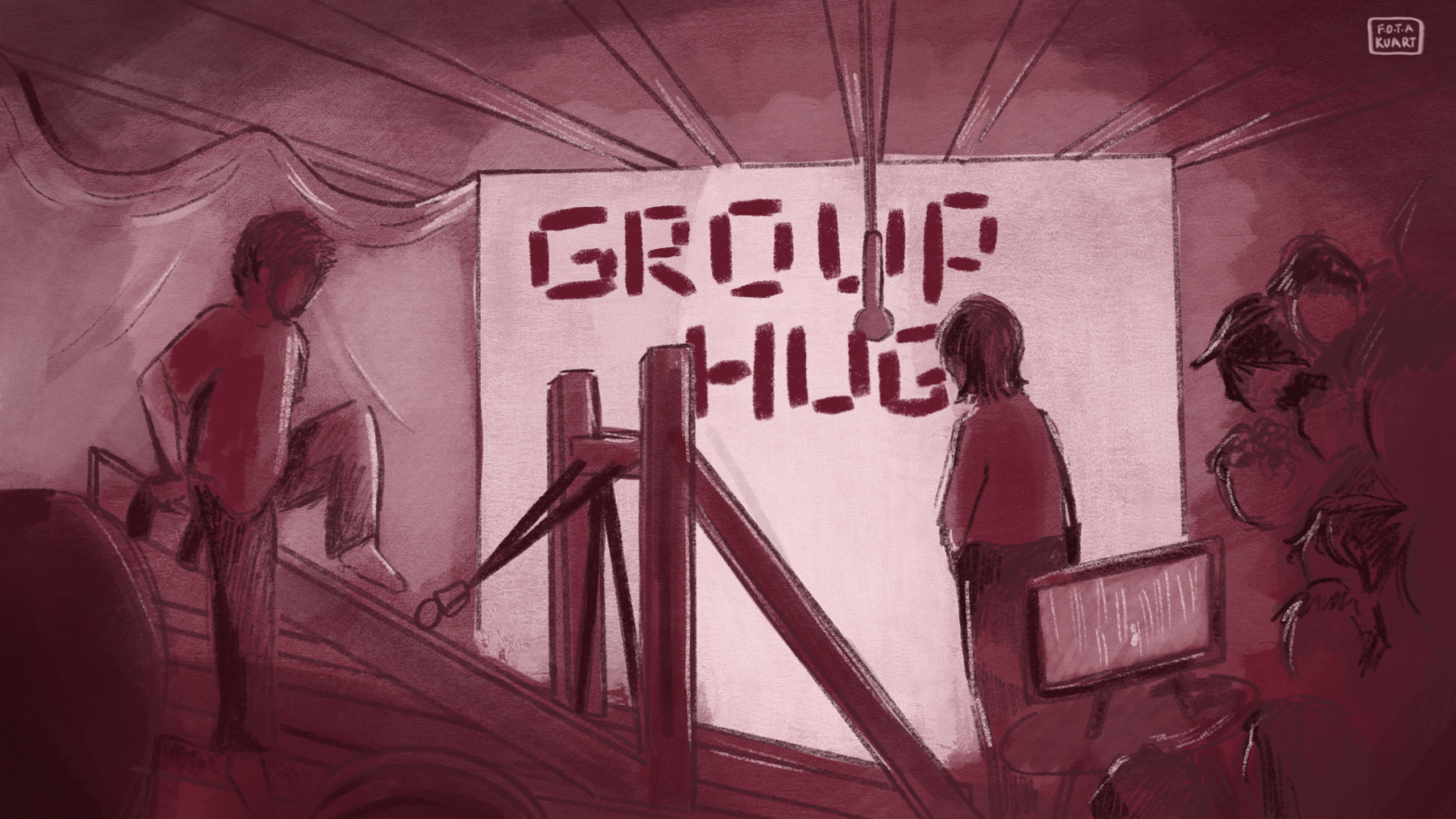
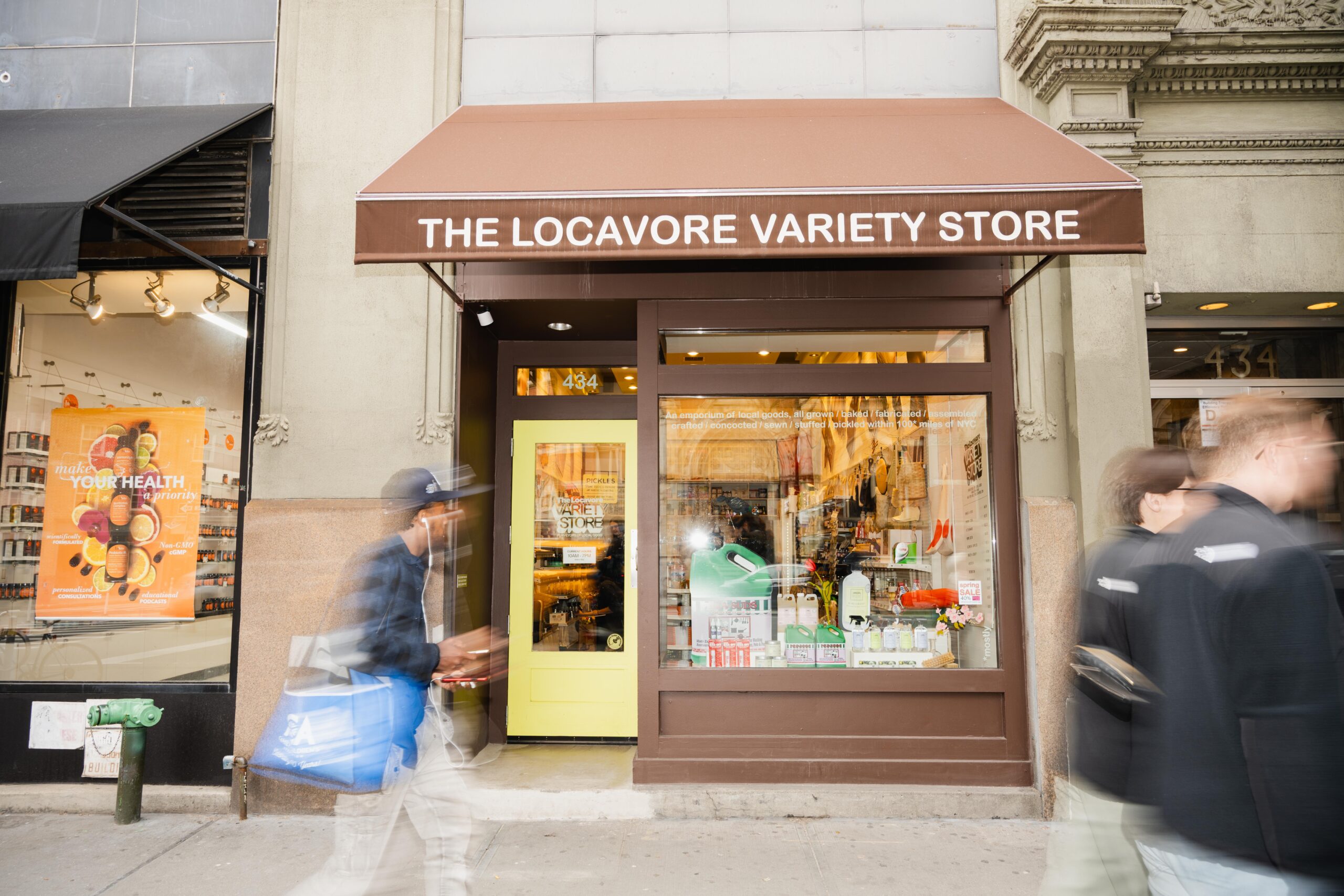
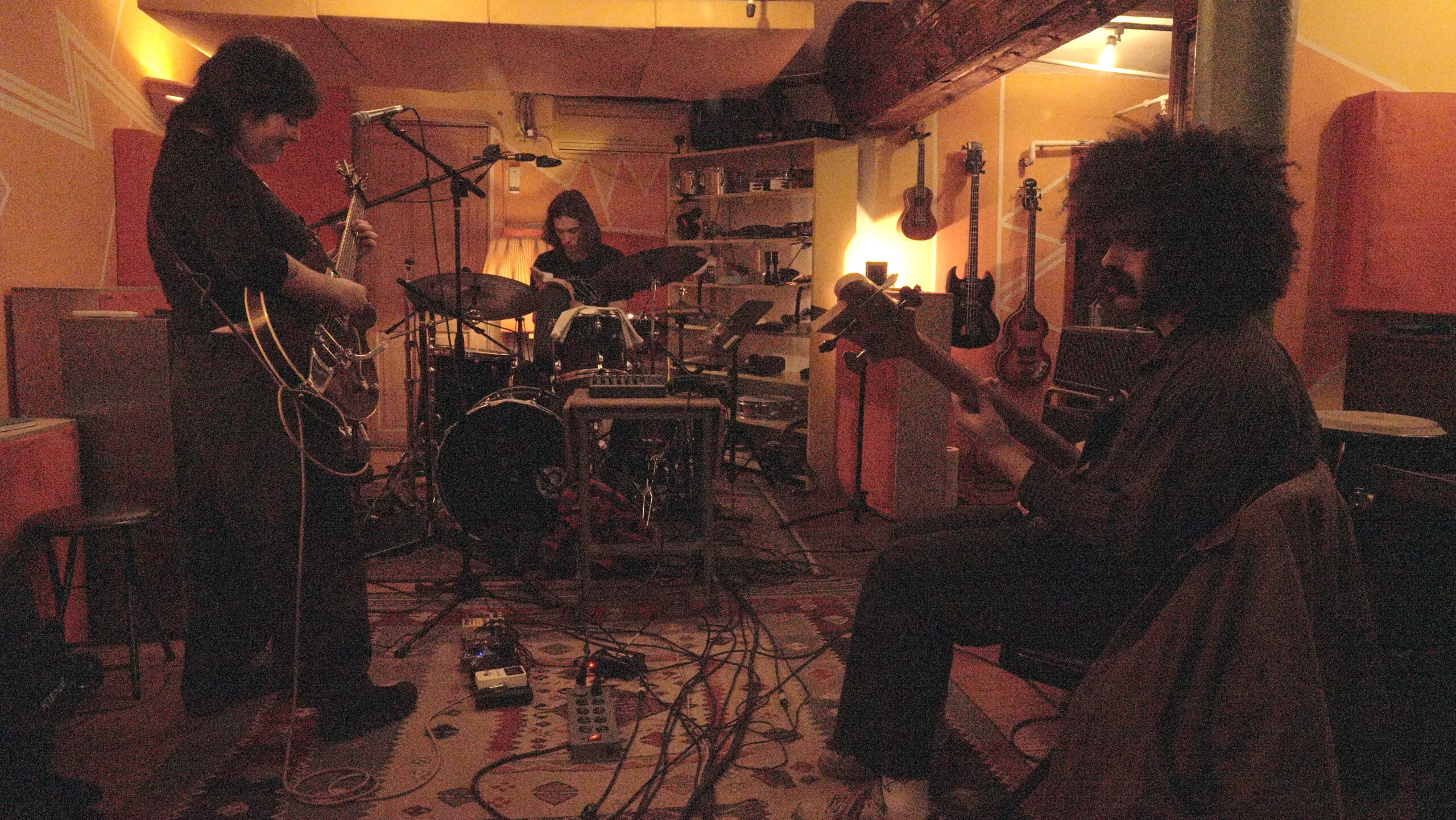
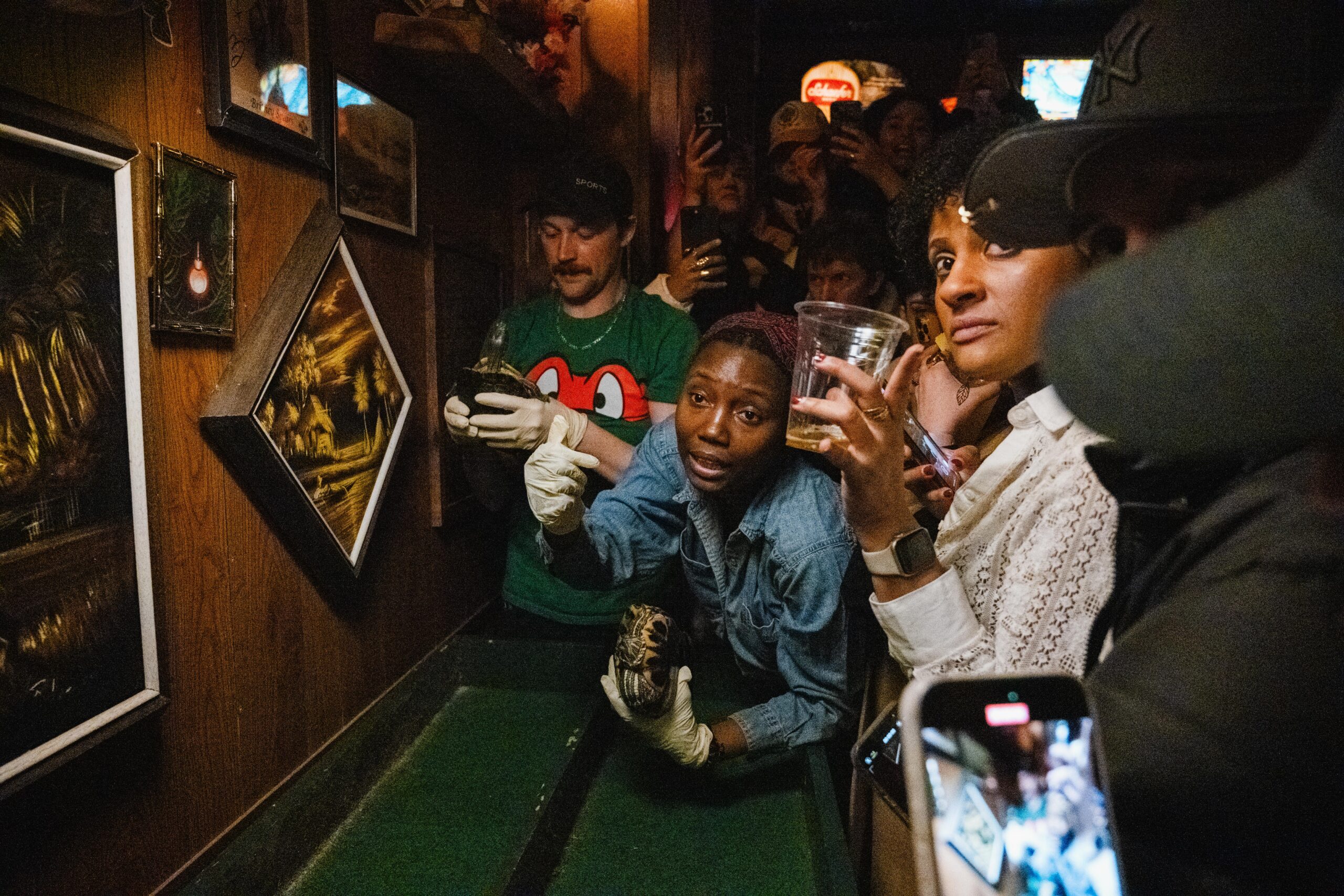
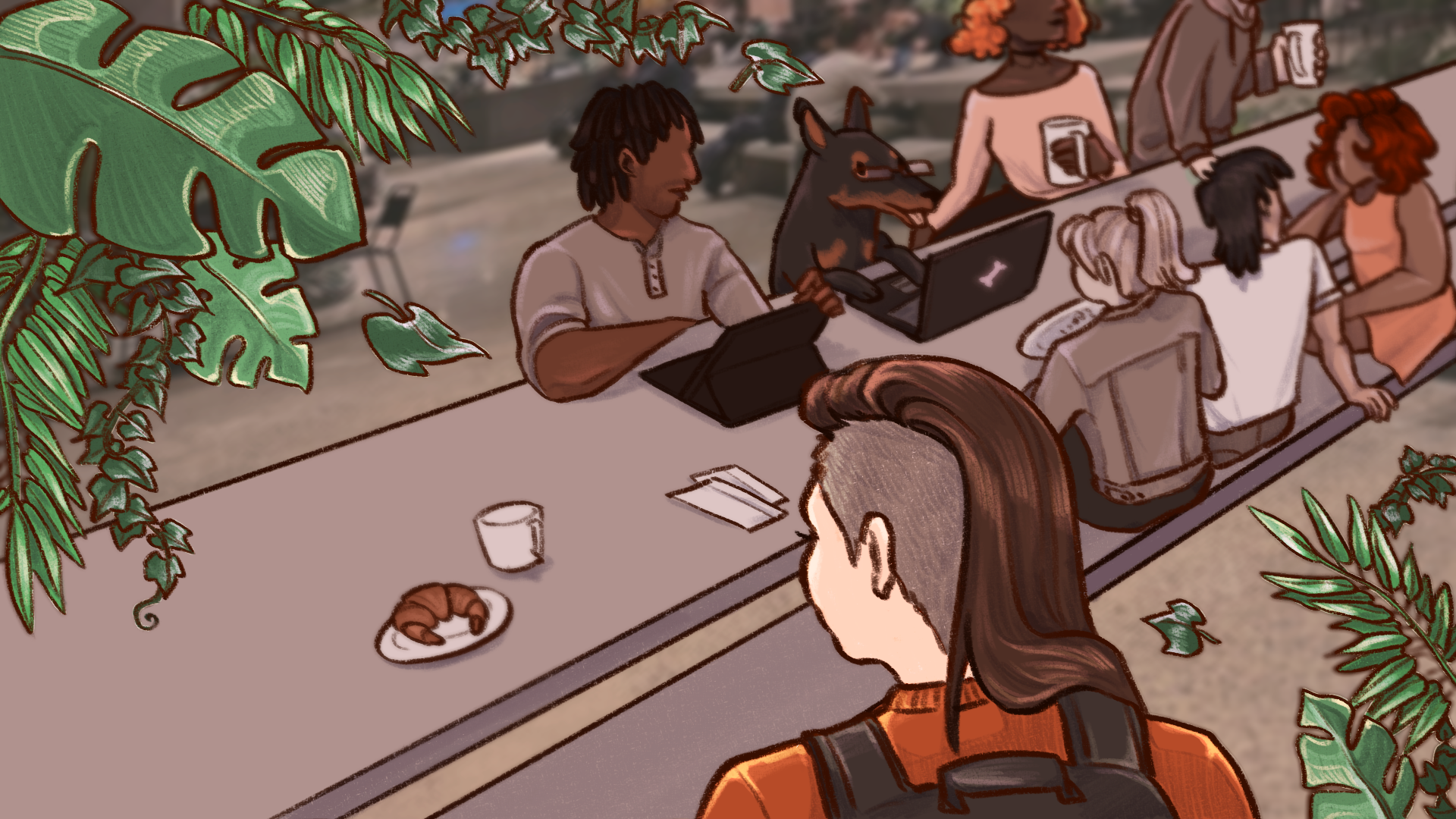

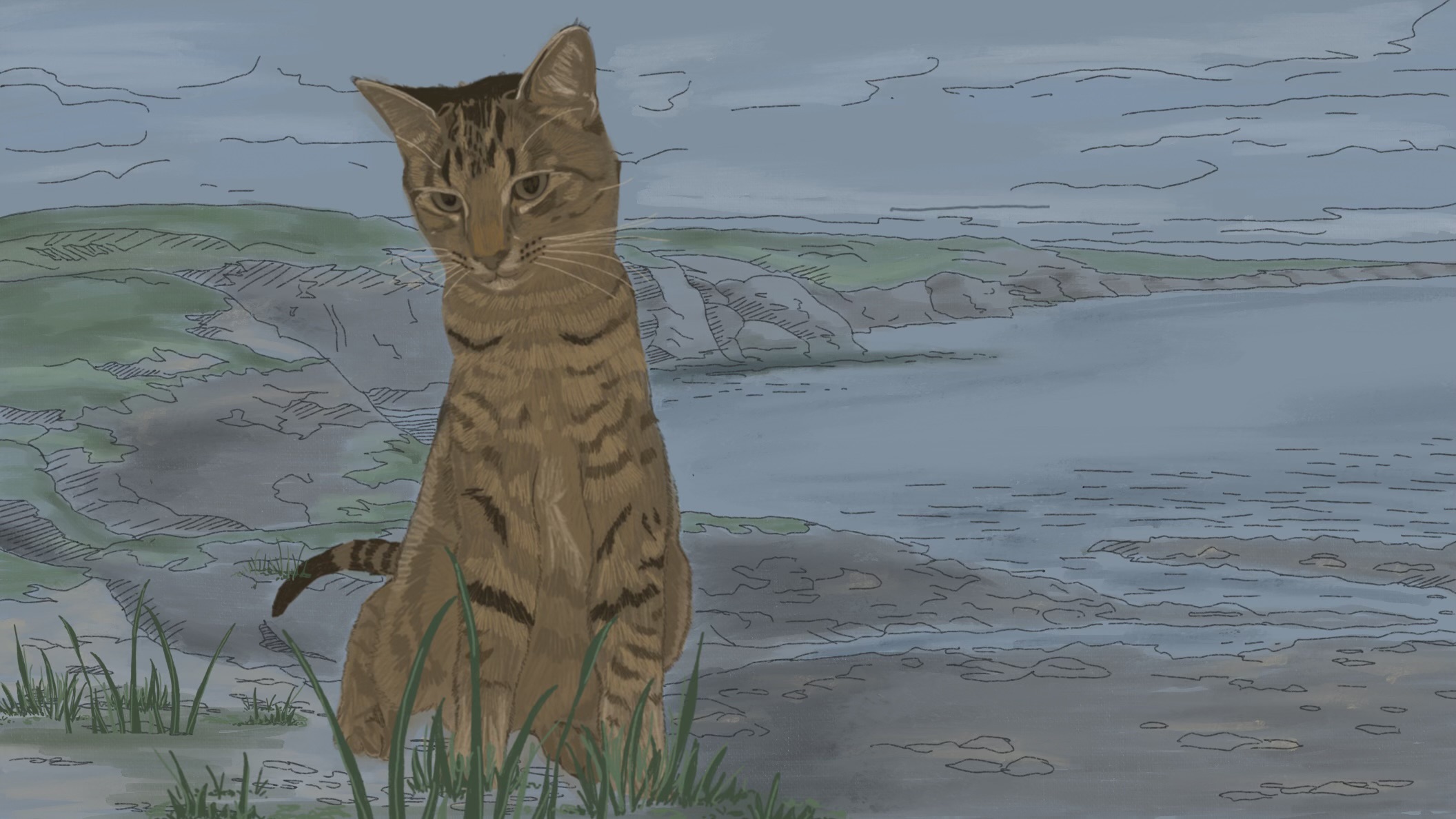
Leave a Reply